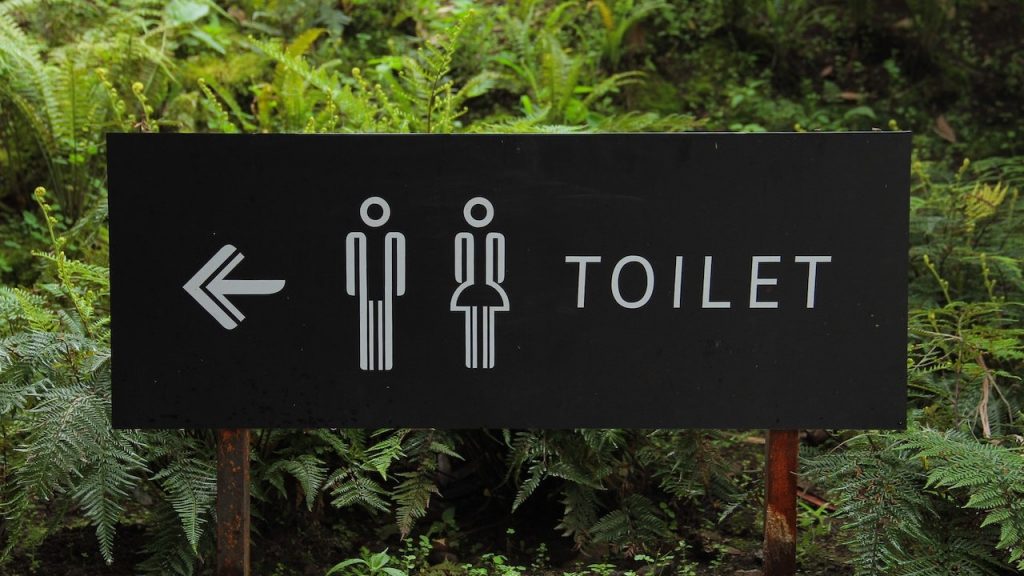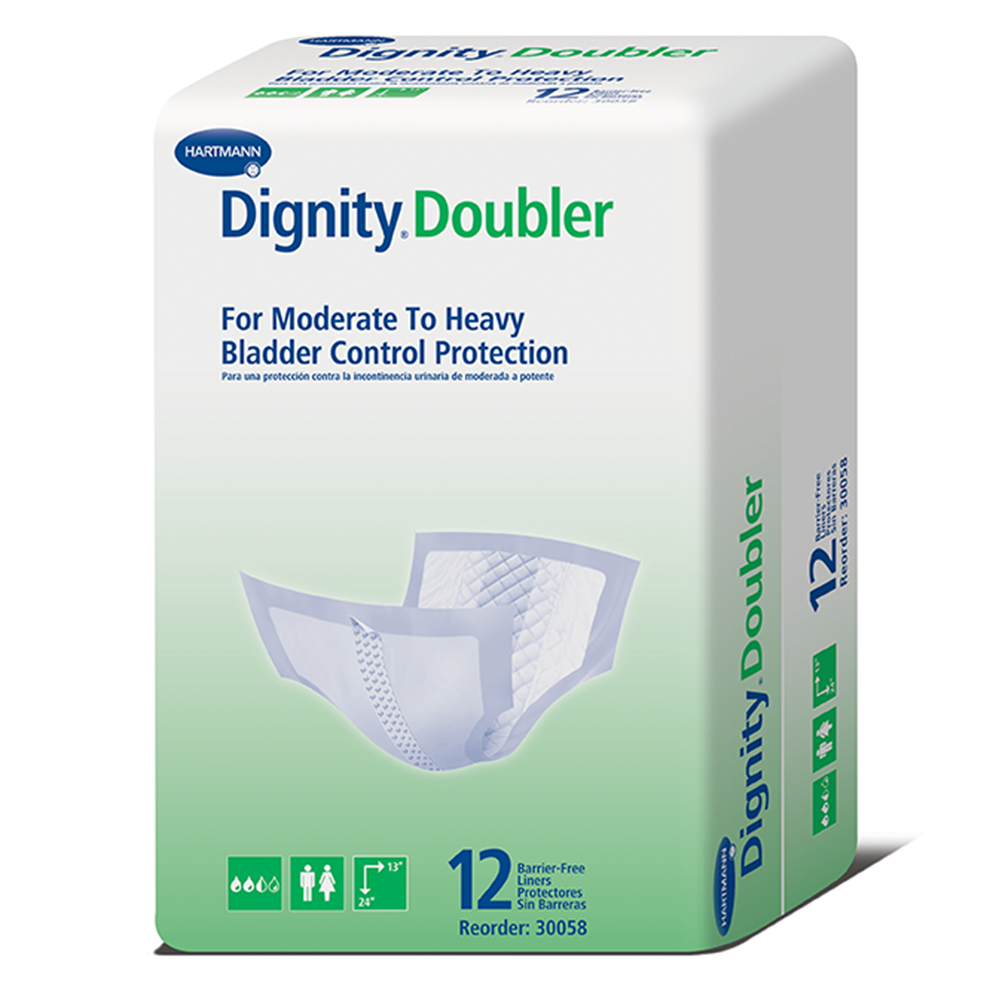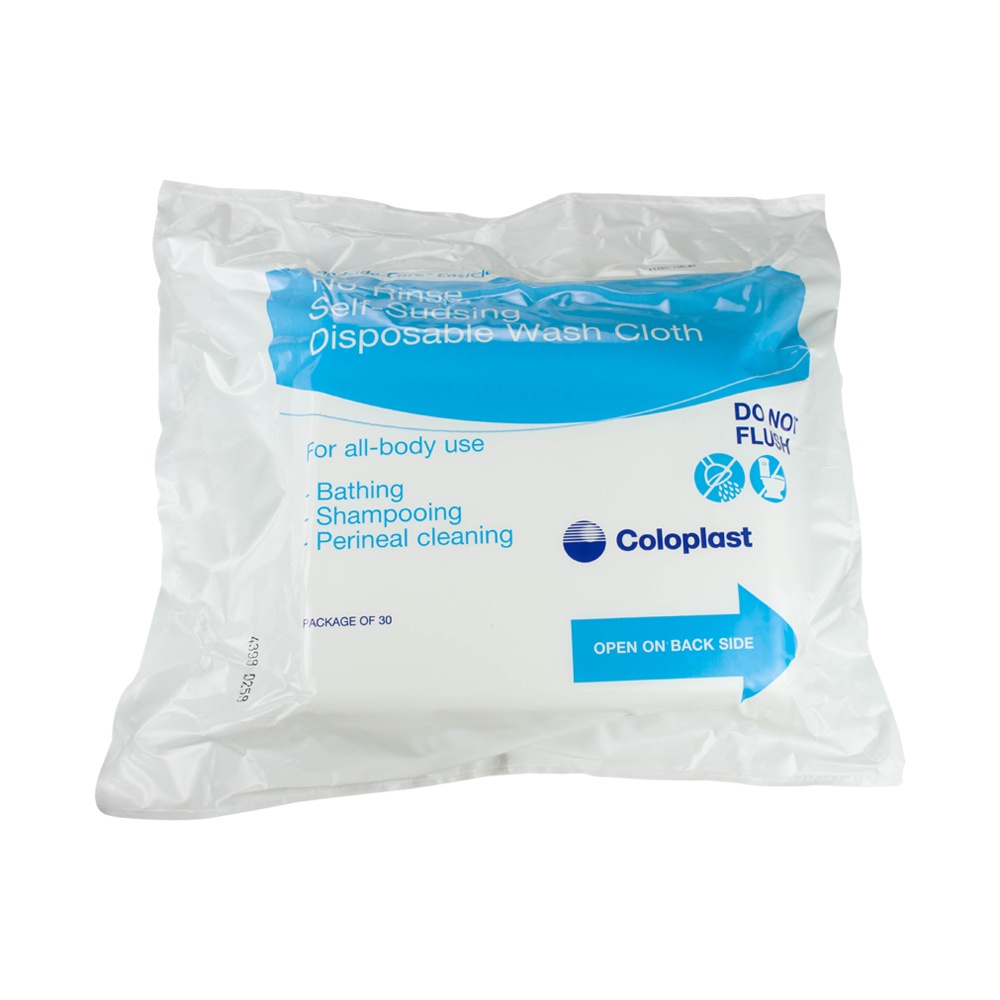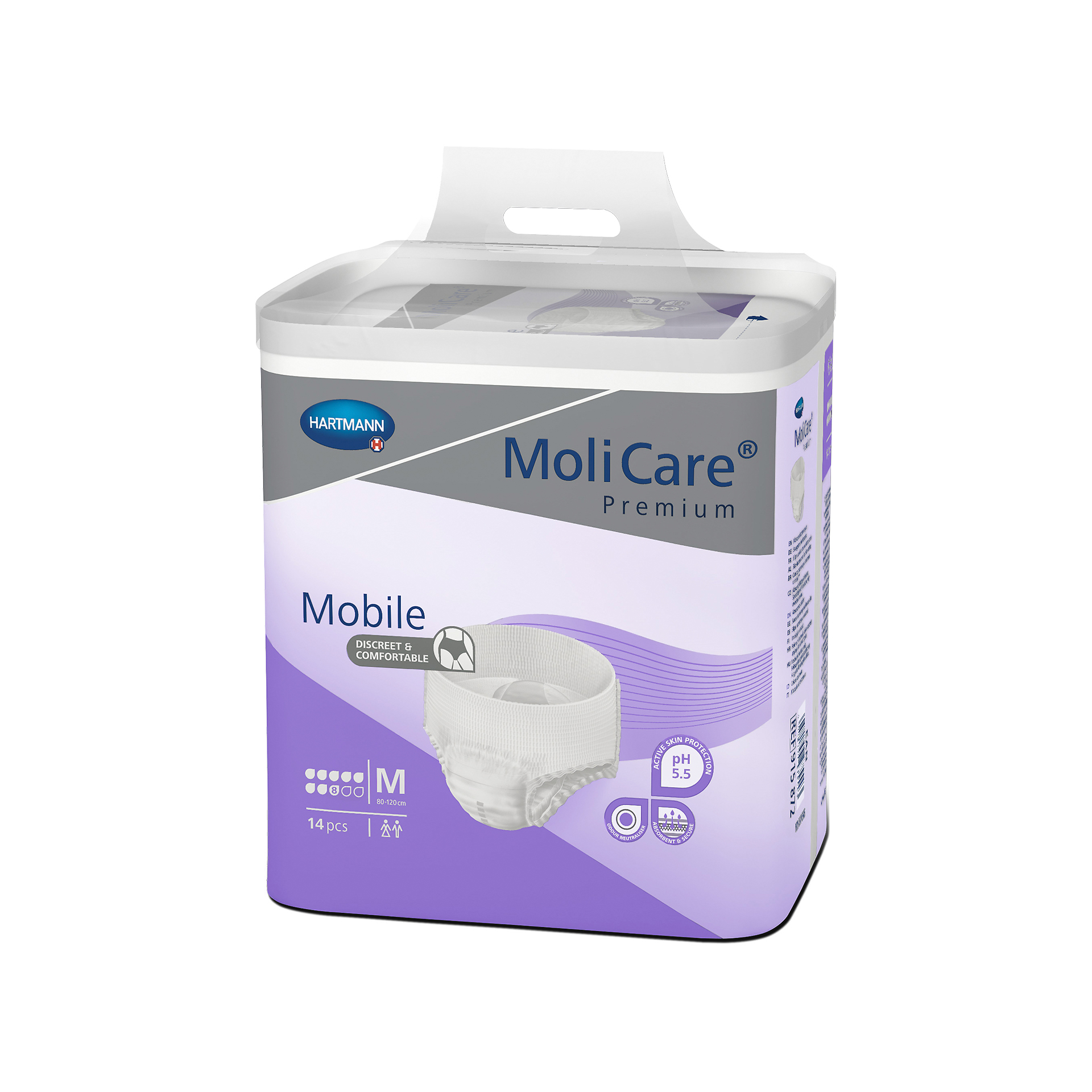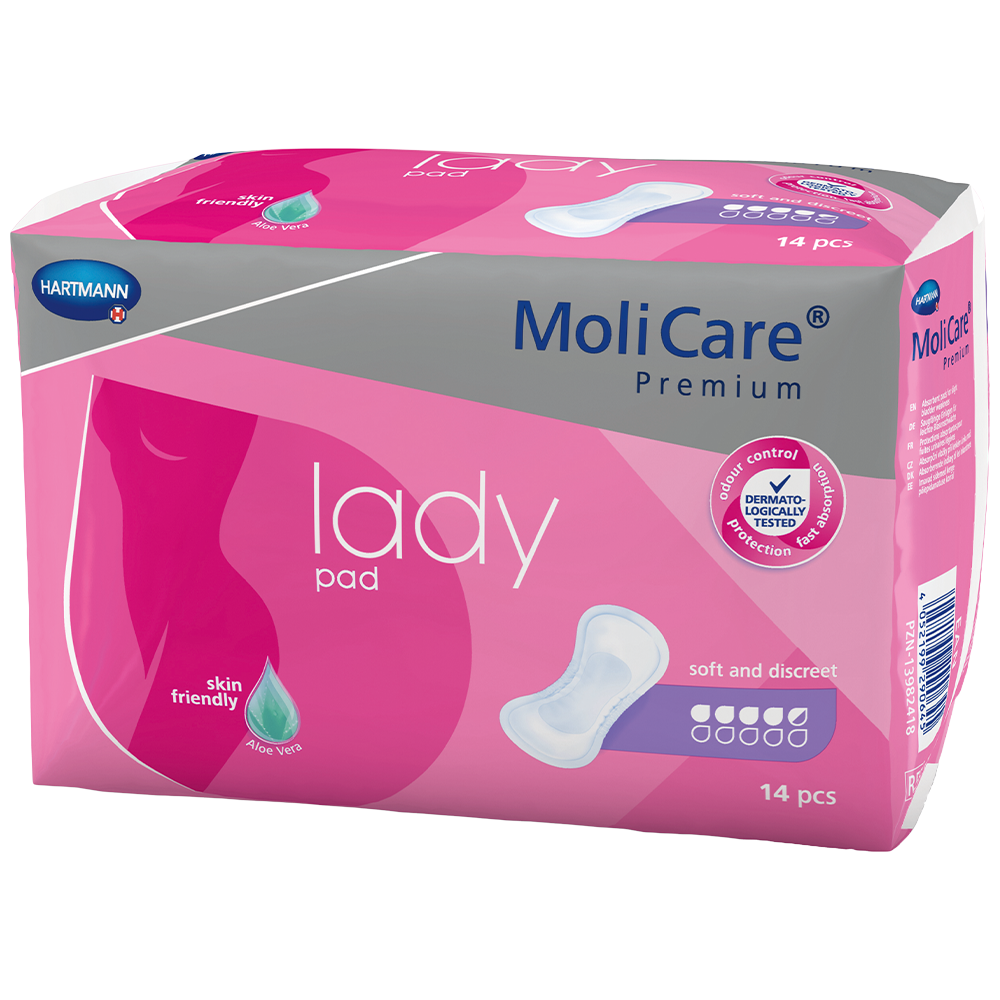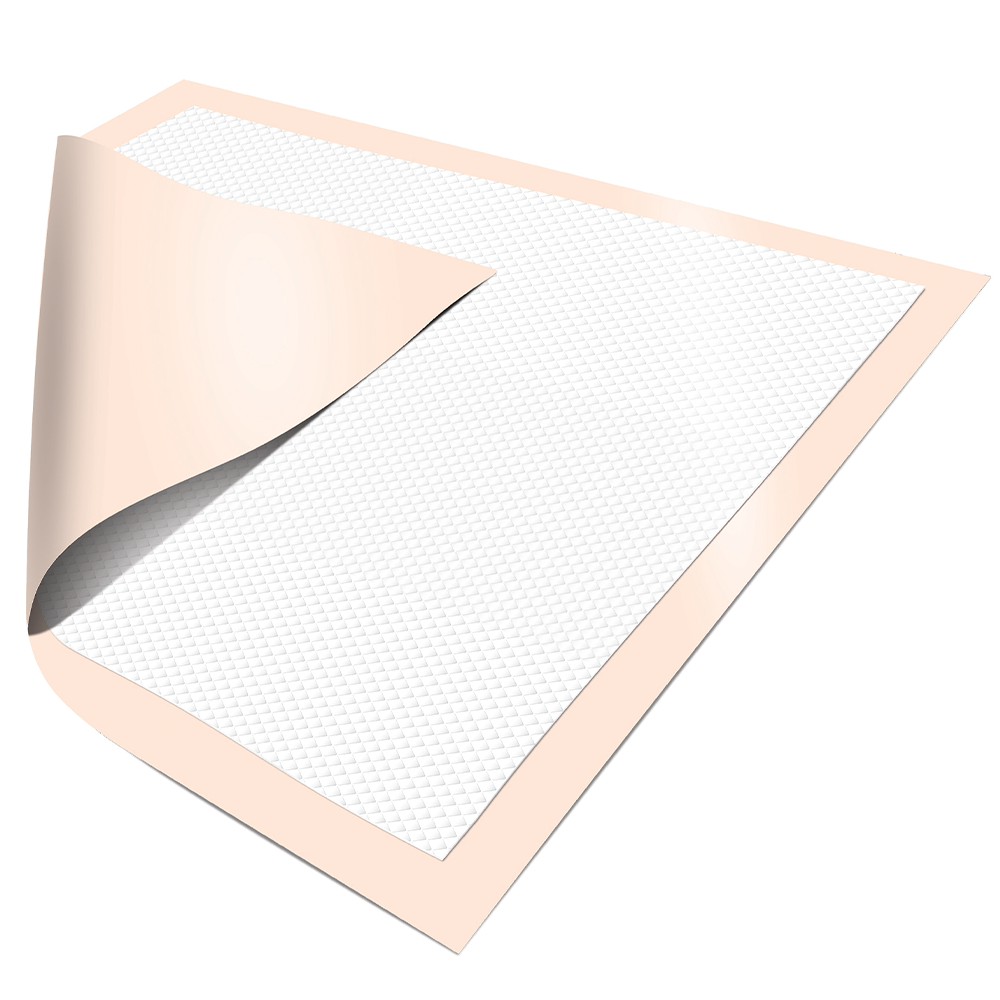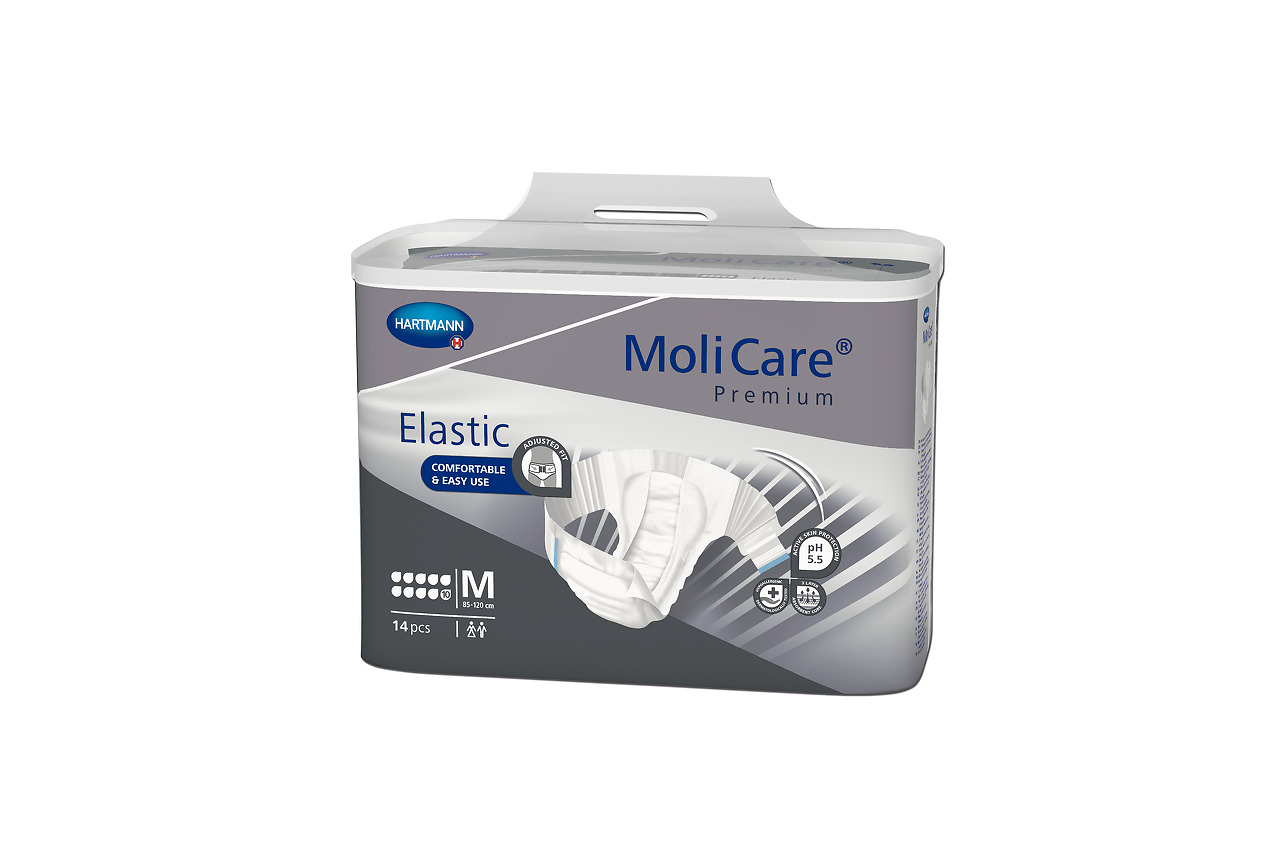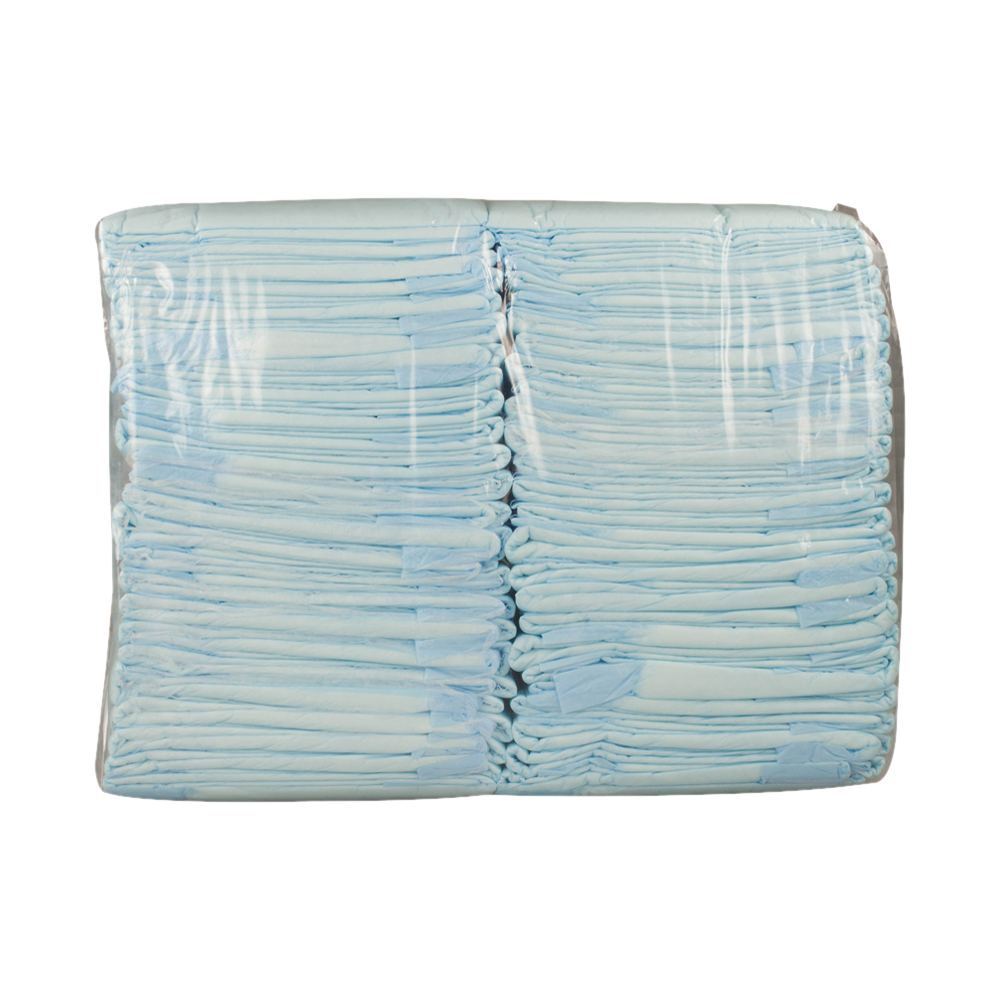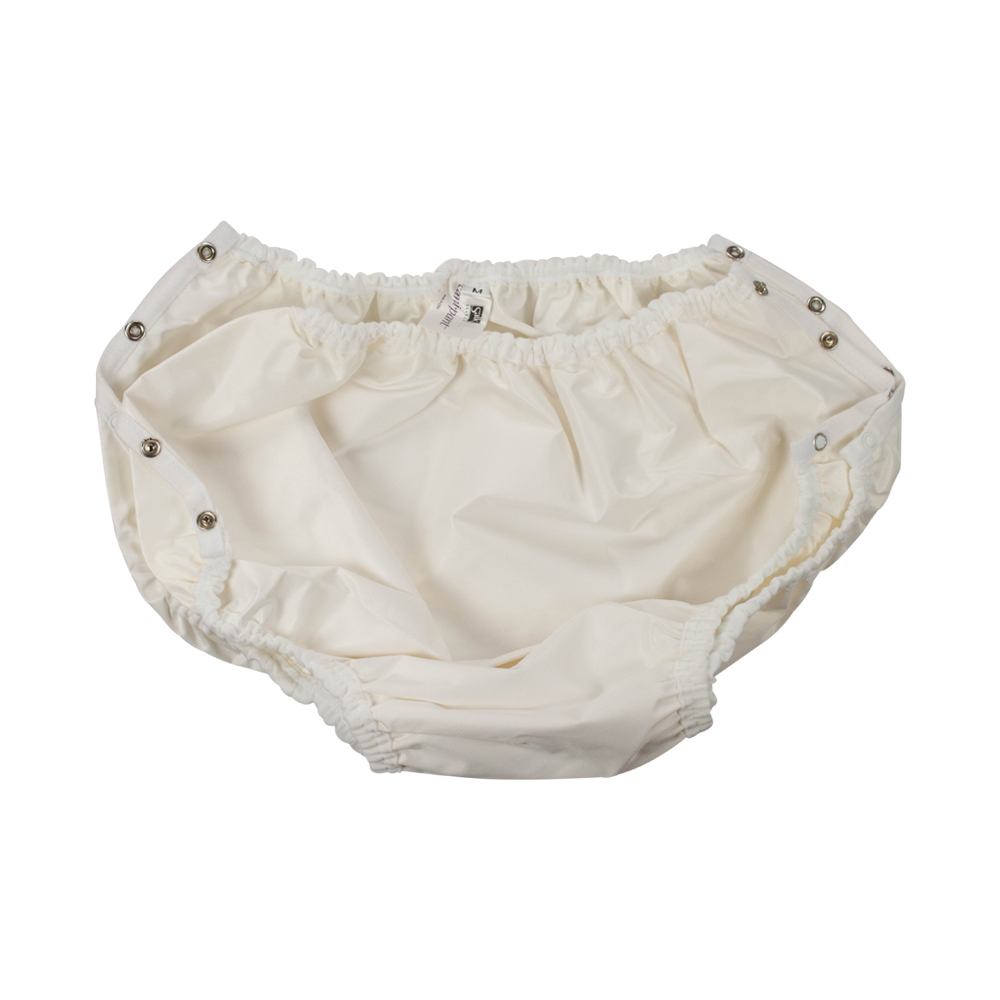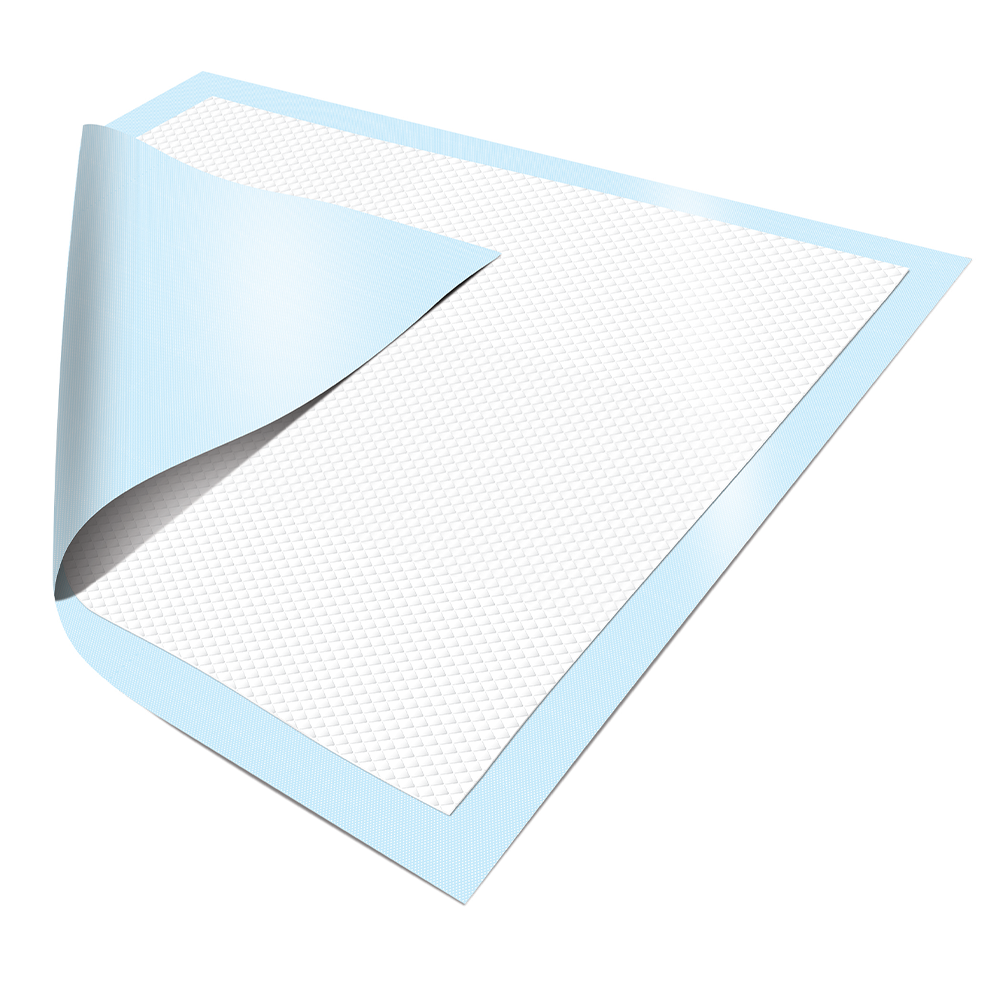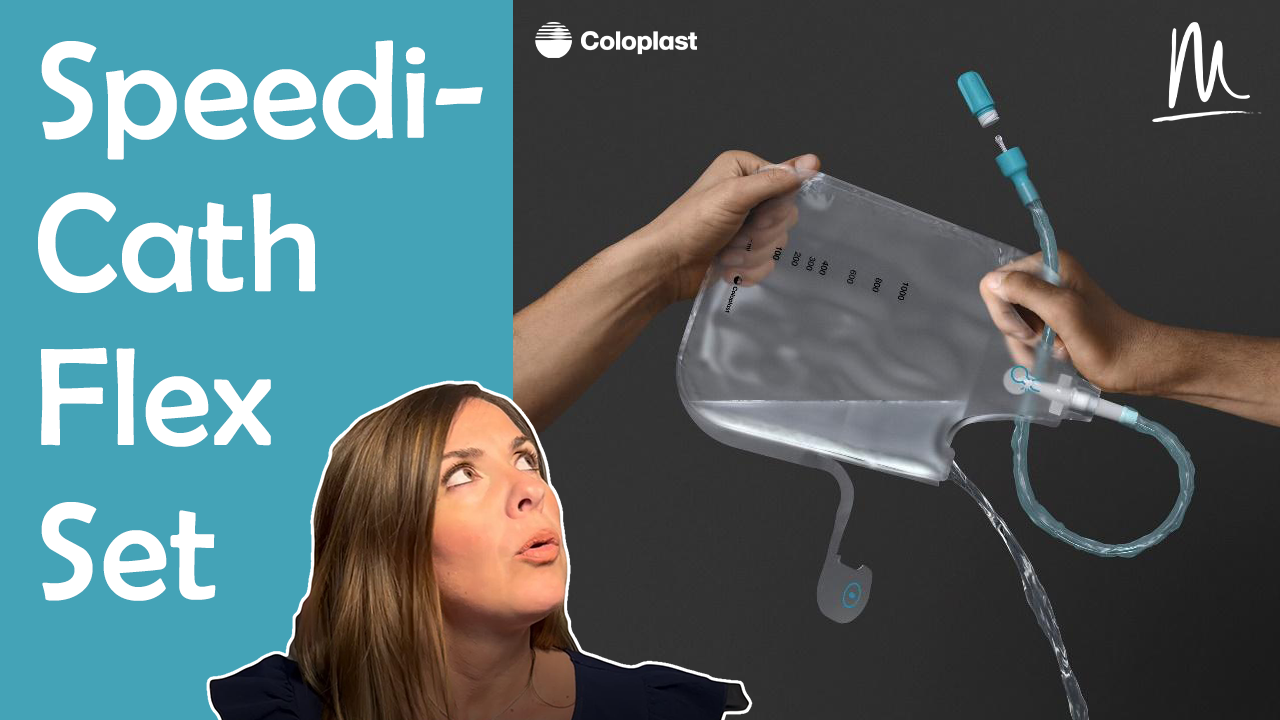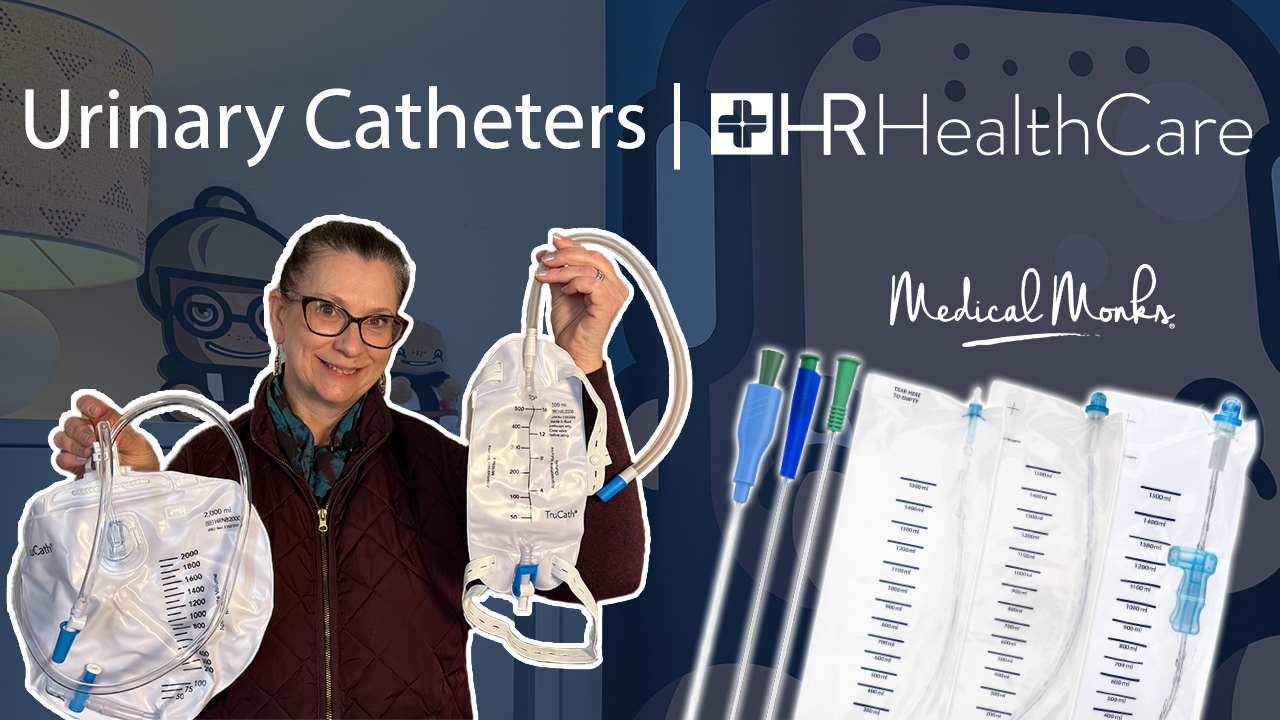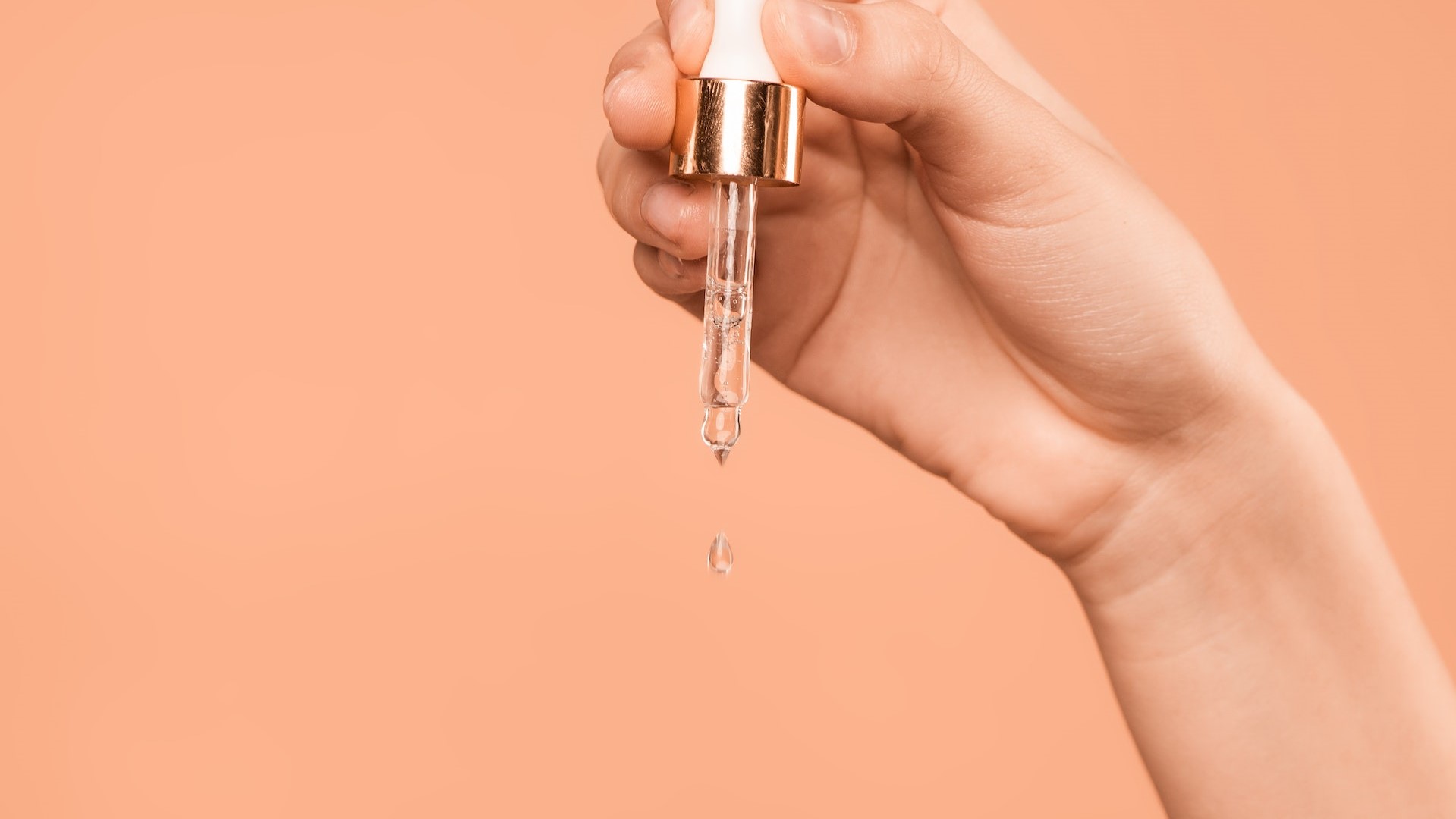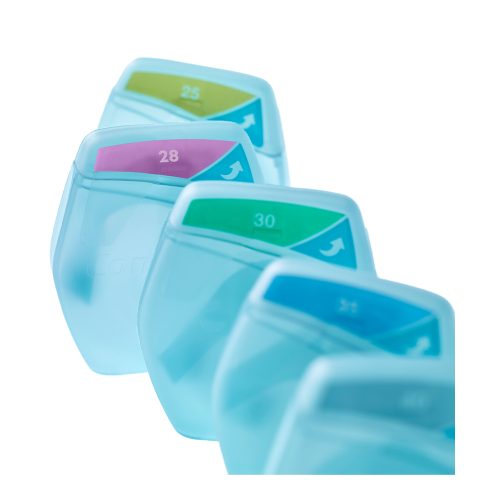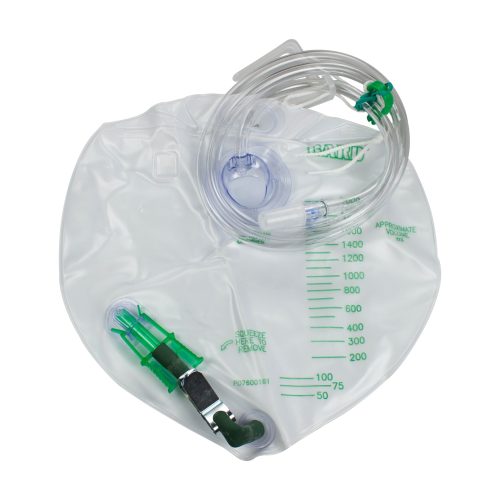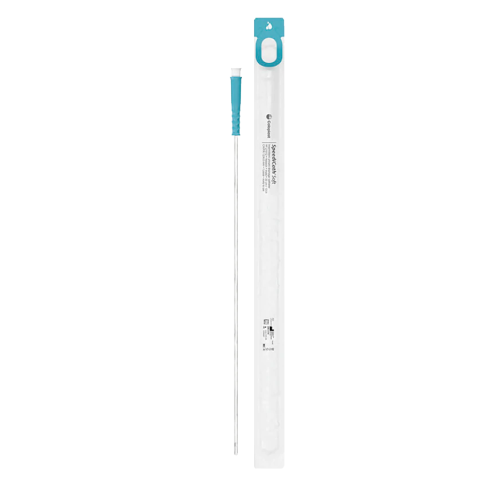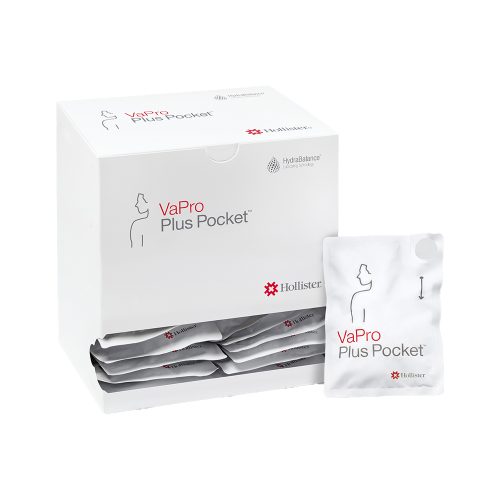If you’re living with incontinence, it can present some discomfort and even embarrassment. But you don’t have to let incontinence control your life – managing this condition doesn’t mean missing out on activities or moments that make up a full and happy life.
Here at Medical Monks, we understand the importance of developing personal strategies for daily comfort when dealing with incontinence, so we put together these tips! Read on to discover practical solutions and advice to help you cope more easily with your symptoms, allowing yourself more daily happiness.
Understanding incontinence
Incontinence is a common problem affecting many people’s quality of life. It is the involuntary loss of urine or feces, ranging from mild to severe. Medical conditions, lifestyle factors, or aging may cause this.
Some common types of incontinence include stress, urge, mixed, overflow, and functional incontinence.
- Stress incontinence is caused by physical activities such as sneezing or coughing, which pressure the bladder or pelvic floor muscles.
- Urge incontinence is due to an overactive bladder muscle that contracts involuntarily and causes leakage even when only a small amount of urine is in the bladder.
- Mixed incontinence is a combination of both stress and urge incontinence.
- Overflow incontinence usually occurs when the bladder becomes overfilled and unable to empty itself properly, leading to leakage.
- Functional incontinence results from physical or mental impairments that prevent a person from getting to the bathroom in time.
Building a personal plan for incontinence management
The first step in developing your plan for incontinence management is to assess the severity of your symptoms. This is best done by visiting a doctor or continence specialist. Knowing the type and degree of incontinence will help you determine the right treatments and lifestyle changes necessary for successful management.
Your doctor may also recommend medications, such as anticholinergics or alpha-blockers, which can help reduce muscle spasms and overactive bladder symptoms. They may even recommend physical therapy techniques such as biofeedback and pelvic floor exercises to strengthen muscles that support the bladder and help control urge incontinence.
Creating a comfortable sleeping environment
Creating a comfortable sleeping environment for incontinence is important to ensure you can get the restful sleep necessary to stay healthy and keep your body functioning well. Making a few adjustments to your bedroom makes it easier to manage incontinence and its potential nighttime disruptions.
Here are some helpful tips to consider:
- The first step in creating a comfortable sleeping environment for incontinence is investing in high-quality bedding materials, such as waterproof mattress protectors or pads. This will help to prevent moisture from getting into the mattress and disrupting your sleep.
- Have absorbent pad protectors ready to go so that you can quickly replace them if needed during the night. This will reduce disruption and make it easier to manage any nighttime accidents.
- Consider wearing protective bedding at night, such as adult diapers or briefs with leak guards built into them.
Adjusting your lifestyle to accommodate incontinence
Making changes to accommodate incontinence can make a living with it much more manageable. Incorporating simple habits into your daily routine can go a long way in managing symptoms and reducing the chances of unwanted accidents.
Here are some tips to try:
- Invest in suitable clothing: Comfortable, breathable materials such as cotton or bamboo that hold up against moisture will benefit those dealing with incontinence. Wear loose-fitting clothes that may provide more protection than tight-fitting garments like jeans or yoga pants.
- Use absorbent products: Many disposable pads and underwear are available on the market, designed specifically for people with bladder problems. These products can protect against accidents and help keep you dry and comfortable.
- Stay hydrated: Drinking fluids throughout the day can help reduce the number of times you have to go to the bathroom and other symptoms associated with incontinence, such as constipation or urinary tract infections. Be sure to drink mostly water to stay hydrated and limit your intake of coffee, tea, and alcohol.
- Exercise regularly: Light activities like walking for 30 minutes daily can help strengthen your pelvic floor muscles, benefiting those dealing with bladder control issues. Regular Kegel exercises by contracting and relaxing your pelvic floor muscles several times a day are also helpful.
- Schedule bathroom breaks: Establishing a regular bathroom schedule can help you stay on top of your bladder control issues. Try setting a timer to remind yourself to go to the bathroom regularly. This will help reduce anxiety or fear around going to the bathroom and make it easier for you to manage incontinence throughout the day.
Related Products from Medical Monks:
FAQs for daily comfort related to incontinence
Here’s a list of FAQs to help people manage incontinence every day:
How do you keep fresh with incontinence?
It is important to take steps to help manage odors related to incontinence. One of the easiest ways is to change absorbent products frequently and wash the skin in the affected area with a gentle cleanser. Additionally, using an odor control product, such as a spray or wipes, can help keep you feeling fresh throughout the day.
What are the best products to help with incontinence?
Generally speaking, some of the most popular products used for managing incontinence include:
Additionally, bladder control devices like catheters may be used in some instances. Before choosing which product is best for you or a loved one, it is crucial to speak with a healthcare professional.
What is the most comfortable incontinence pad?
Some features that make one pad more comfortable than another include breathability, absorbency, cushioning, and fit.
A good quality incontinence pad should be made with materials that allow air circulation to keep you cool and dry while having enough absorbent layers to keep moisture away from your skin. Also, consider the amount of cushioning a product offers for added comfort. Lastly, ensure the product fits properly to minimize bunching and shifting throughout the day.
What are the least irritating incontinence pads?
Many people find incontinence pads made of cotton and other natural fabrics the least irritating. These materials help reduce chafing and skin irritation. Additionally, look for pads with an absorbent core designed to remove moisture from the skin.
Make your journey through incontinence as easy as possible
Taking the necessary steps to maintain a healthy and comfortable lifestyle due to incontinence can be difficult, but some options and professionals can help.
When searching for the best quality incontinence supplies, look no further than Medical Monks. We have a wide variety of products for all types and levels of incontinence, carrying only the best qualities at great prices to ensure comfort even during heavy leakage. Visit our website for all the supplies that best suit your needs.

The MEDICAL MONKS STAFF brings to the table decades of combined knowledge and experience in the medical products industry.
Edited for content by ADAM PAGE.
